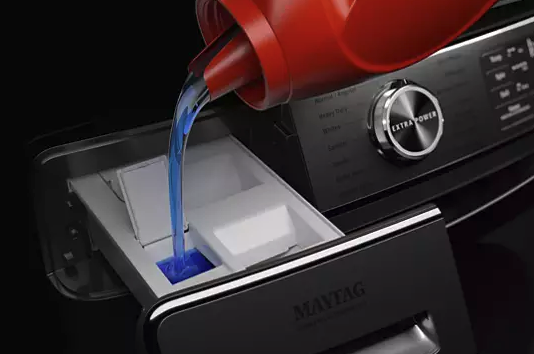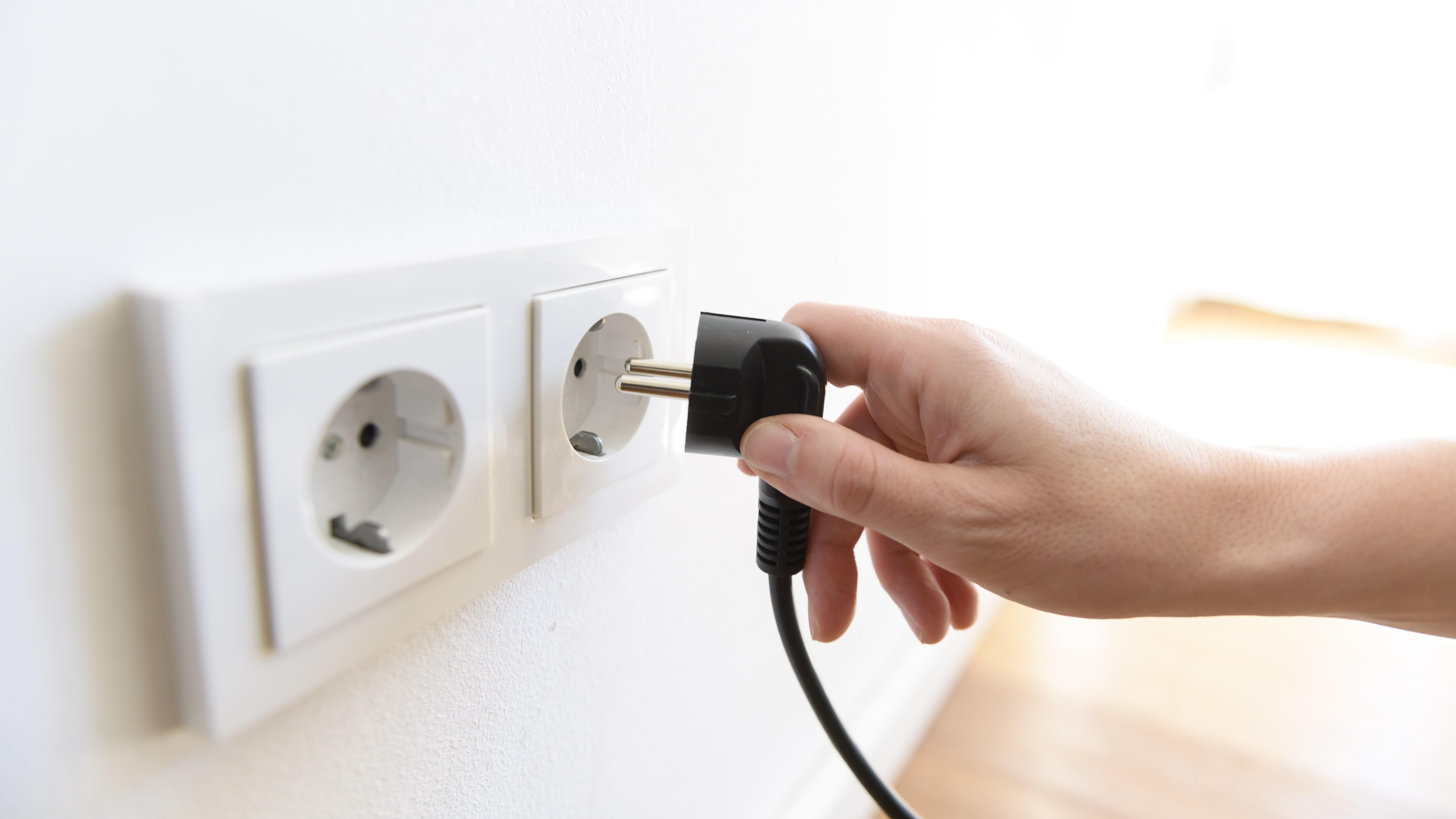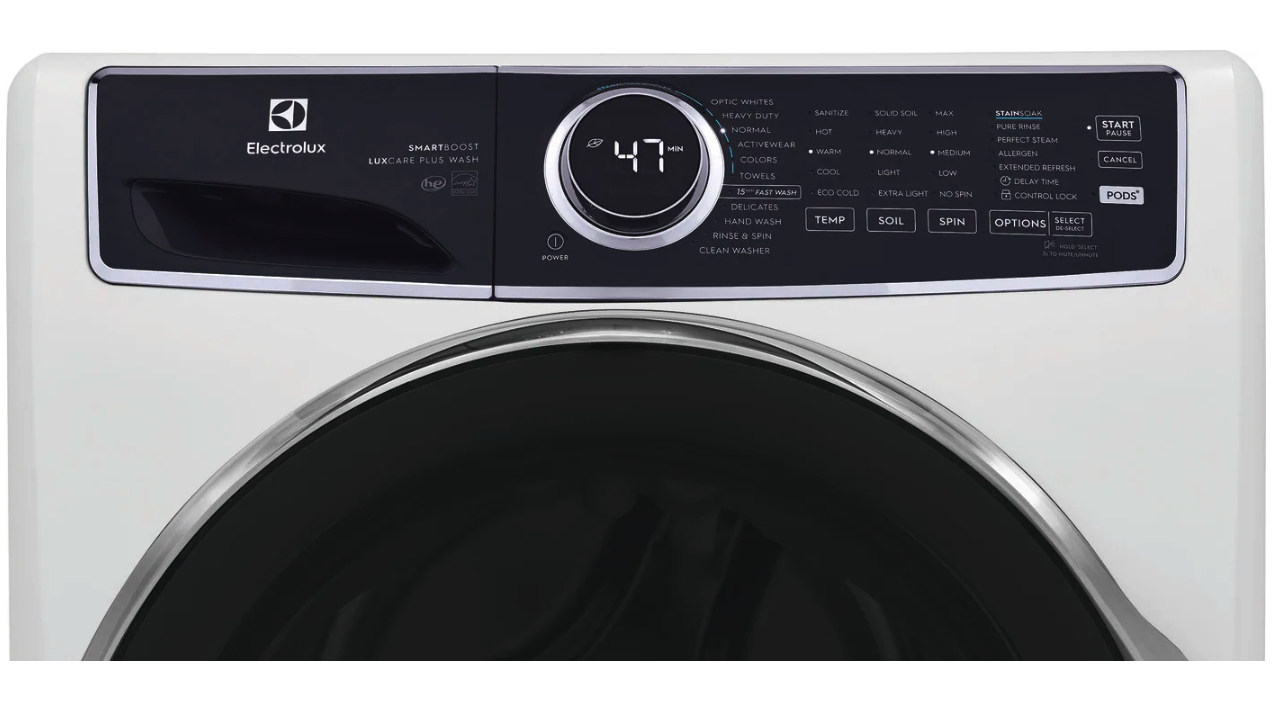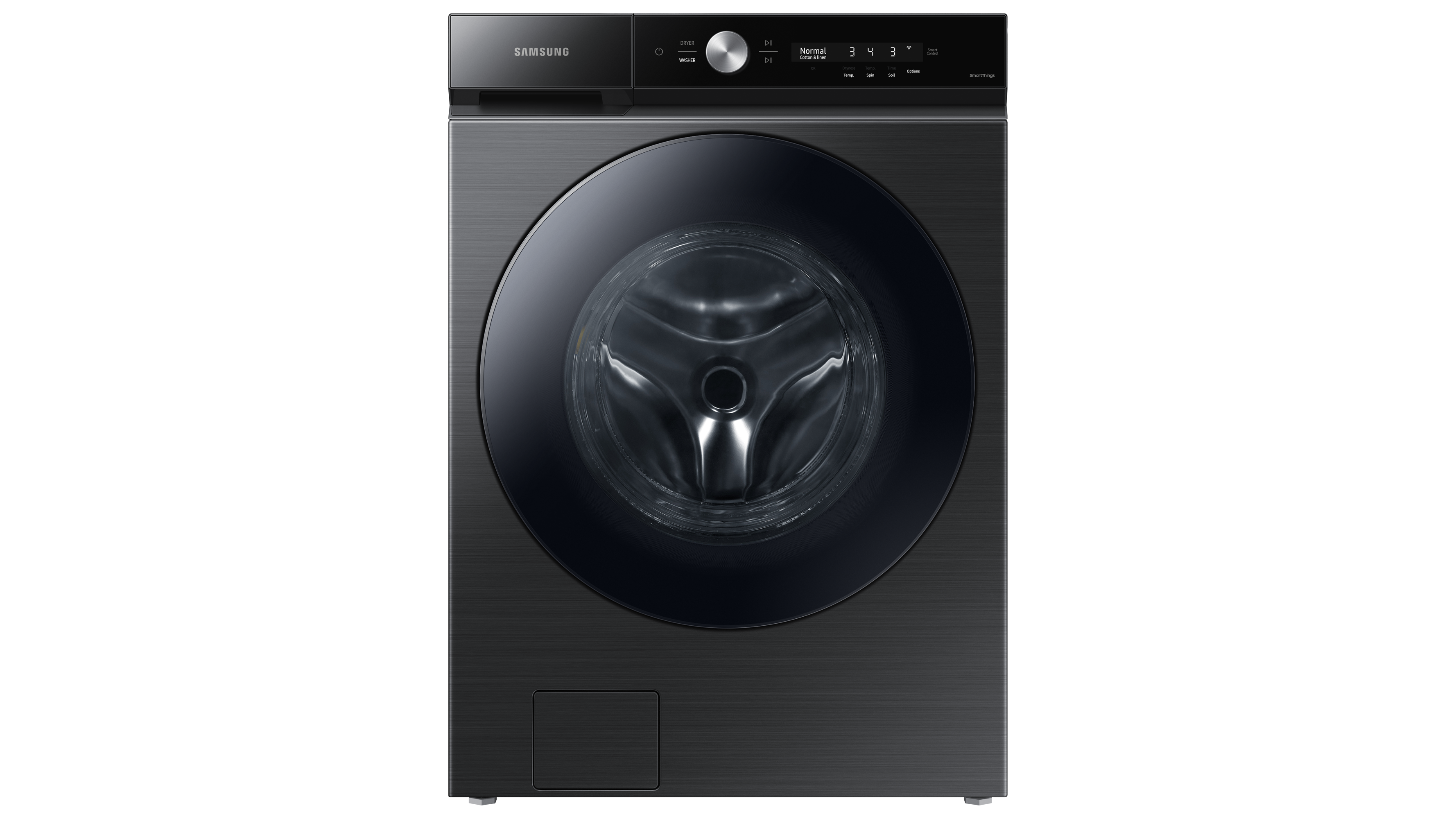How to move a washing machine
Move a washing machine safely and avoid damage

- An old blanket or hardboard
- Bucket
- Wrench or slip-joint pliers
- Packing tape
- Sealable plastic bags
- Transit or shipping bolts
- Appliance dolly or hand truck (you can rent these out)
- Moving blankets
- Moving straps or rope
- One or two helpers
Moving house is notoriously stressful. You likely have a long to-do list, and shifting white goods like a washing machine can be daunting. These large appliances are heavy and bulky, making them awkward to move. If you’re not careful, you may risk injury. Plus, not following the proper precautions can damage your appliance and the surrounding area.
If you’ve invested in one of the best washing machines, you’ll want to make sure it arrives intact at your new home. While it can seem like a mammoth task, it’s totally possible to move a washing machine yourself with help from family and friends. But if your appliance is upstairs or it’s a gas model, it’s wise to leave it to the professionals. In most scenarios, a DIY job can save cash compared to hiring a contractor and keep costs down for your move.
Armed with the right know-how, you can feel confident taking on the task yourself. Here, we’ll guide you through how to move a washing machine to DIY the job. Follow our step-by-step instructions to help the process run smoothly and take a load off your mind.
Before you begin, familiarise yourself with all the steps and gather the necessary equipment. It’s a good idea to dig out the manufacturer’s guide for your specific model - it will typically include recommendations for transporting your appliance. If you’re in any doubt about your physical abilities or what to do, stay safe and call in a contractor.
How to move a washing machine: Quick steps
- Plot your route
- Clean it
- Dry it
- Power off
- Disconnect the drain hose
- Slide the washing machine out
- Disconnect the water supply and the electric cord
- Secure the washing machine
- Load it onto the appliance dolly

How to move a washing machine: Step by step guide
1. Plot your route

Planning ahead helps to minimize stress on your moving day. A washing machine can be bulky, so it’s wise to plot your route out of the house. Measure any narrow doorways to check the appliance will fit and clear all obstacles to provide plenty of space.
2. Clean it

You’ll thank yourself for cleaning your washing machine when you’re greeted by a sparkling, odor-free appliance in your new home. Remember to check for stray socks. Add detergent and run a cleaning cycle or a short cycle.
3. Dry it

Thoroughly drying the washing machine reduces the chance of unpleasant smells. Allow at least 24 hours. Our tip is to leave the door or the lid open to speed up the process.
4. Power off

It's essential to turn off the washing machine to avoid a nasty shock. If it’s within reach, unplug the socket from the wall. Otherwise, stop the electric supply by flipping the relevant switch on your breaker box.
5. Disconnect the drain hose

Before you move out the washer, you’ll need to disconnect the drain hose from the U-bend. Remember to avoid using the sink while you do this to prevent leaks.
Thread the drain hose close to the washing machine to give you more scope for maneuver.
6. Slide the washing machine out

If your washing machine is tucked under the worktop, you’ll need to inch it out to access the valves at the back.
Grab an old blanket or a piece of hardboard to place under the washing machine’s feet and avoid scratching the floor.
Next, open the door of the machine. Each person should place one hand inside the drum at the top. Remember to bend your knees when you lift. Move the washing machine slowly to avoid yanking out the water valves. Coax it out until you can reach the back.
Is the washing machine stuck? It’s probably caught on the floor. Tilt it forward to ease the back feet over the edge.
7. Disconnect the water supply and the electric cord

Next, turn off the water valves at the back of the machine to prevent leaks. Once the water is off, remove the water supply hoses using a wrench. Pop them in the bucket to catch residual water before securing them in a sealable plastic bag.
Then, disconnect the electric cord and tape it to the back of the washer.
8. Secure the washing machine

The drum suspension is prone to damage during a move. This is where transit bolts come in handy. Slot them into the back of the machine to minimize movement and protect your washer.
9. Load it onto the appliance dolly

With help from a friend, transfer the machine onto the appliance dolly.
First, wrap the appliance in moving blankets to avoid scratches. Tilt the washing machine back and ask your helper to slowly ease the appliance dolly underneath it.
Once it’s loaded, secure the washing machine with moving straps, and you’re good to go.
How to move a washing machine: FAQs
How do you slide a washing machine easily?
The secret to sliding a washing machine is using an old blanket or a piece of hardwood as a protective layer. Carefully position it underneath the washing machine to avoid scraping the floor.
Enlist the help of a friend to make lifting easier. If your washing machine is under a worktop, you may find it helps to edge it out first at one side, then the other.
Can you move a washing machine with one person?
While it may seem tempting to move a washing machine on your own, it’s not advisable to tackle it without help for safety reasons.
A standard washing machine is pretty heavy, weighing in at about 180 pounds. Even if you lift weights at the gym, a washing machine is much more cumbersome, leading to a high risk of injuring your back.
How do you move heavy appliances by yourself?
While it’s not advisable to move heavy appliances entirely on your own, it’s totally possible to do it yourself with the help of friends.
You’ll need to follow different preparation steps depending on your appliance. For example, you’ll need to defrost a fridge before a move.
A furniture dolly is your friend when shifting bulky appliances. Carefully ease it under the machine and secure it before moving the appliance.
Remember to bend from the knees when lifting to protect your back. If you’re in any doubt about your physical capabilities, it’s best to consult a pro.
Reviews
Whirlpool 24" Stainless Steel AI Dishwasher Review
Napoleon TravelQ PRO285 Portable Gas Grill review
Dreame L40 Ultra Robot Vacuum Cleaner and Mop review: almost hands-free cleaning
GE Profile Smart Mixer with Auto Sense review: a powerful, thorough mixer
Echo eForce DPB-2500 review: a leaf blower as a snow removal tool?
DPAS-2100 + Pro Paddle Attachment review: a new way to remove snow this winter?
Midea MAD53109APK 5.5QT Air Fryer review: a small, simple, and highly effective option
Eureka J15 Pro Ultra Robot Vacuum review: hands-free cleaning for busy families
Moving a washing machine can be intimidating, but it’s perfectly possible to tackle it yourself with an extra pair of hands. Take your time and follow each step to help the move go as smoothly as possible. You’ll get the satisfaction of a job well done and save on the expense of hiring a contractor.
Sign up to receive the latest news, reviews, buying guides and deals direct to your inbox
Louise Bond is a UK-based writer and the founder of The Cove Copy. She has been published in The Guardian, Breathe, Fit & Well, Top Ten Reviews, and more. When she’s not writing, you can usually find her out in nature, whether hiking in the woods or pottering in the garden.

